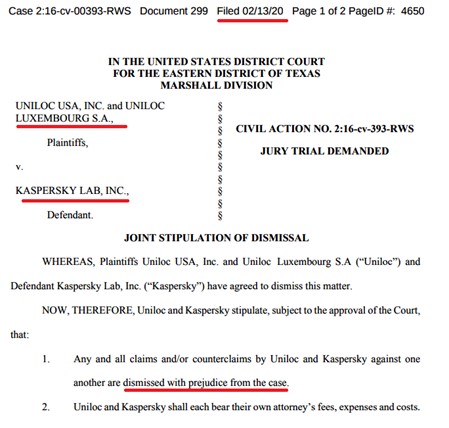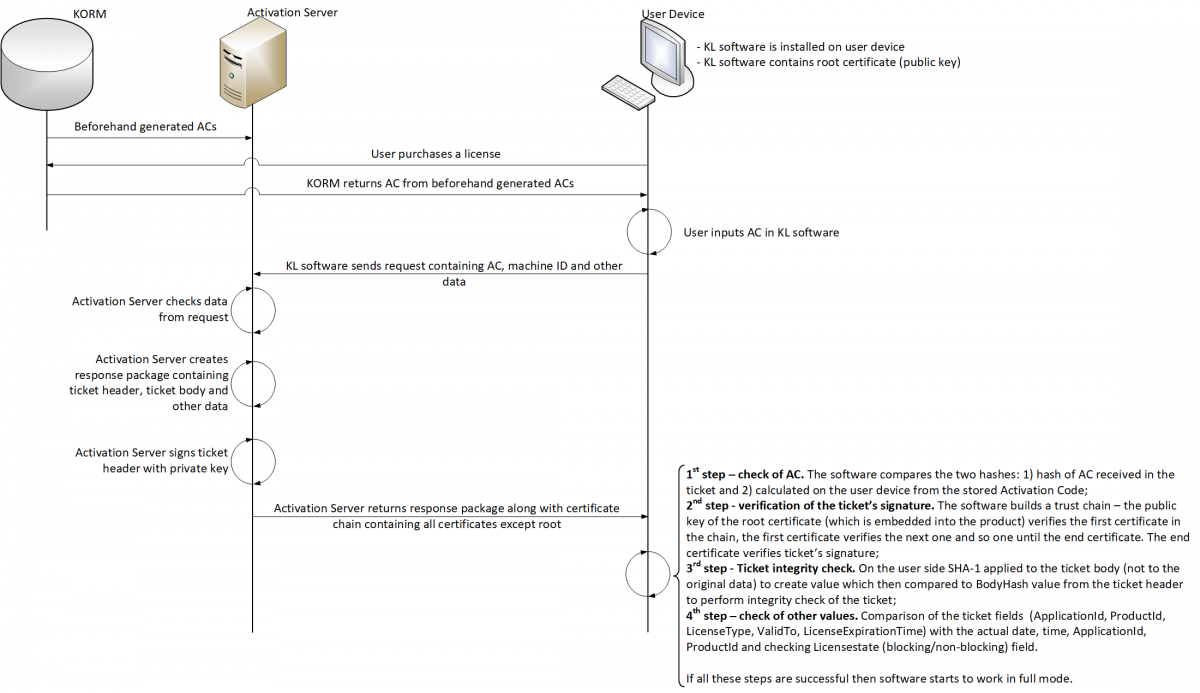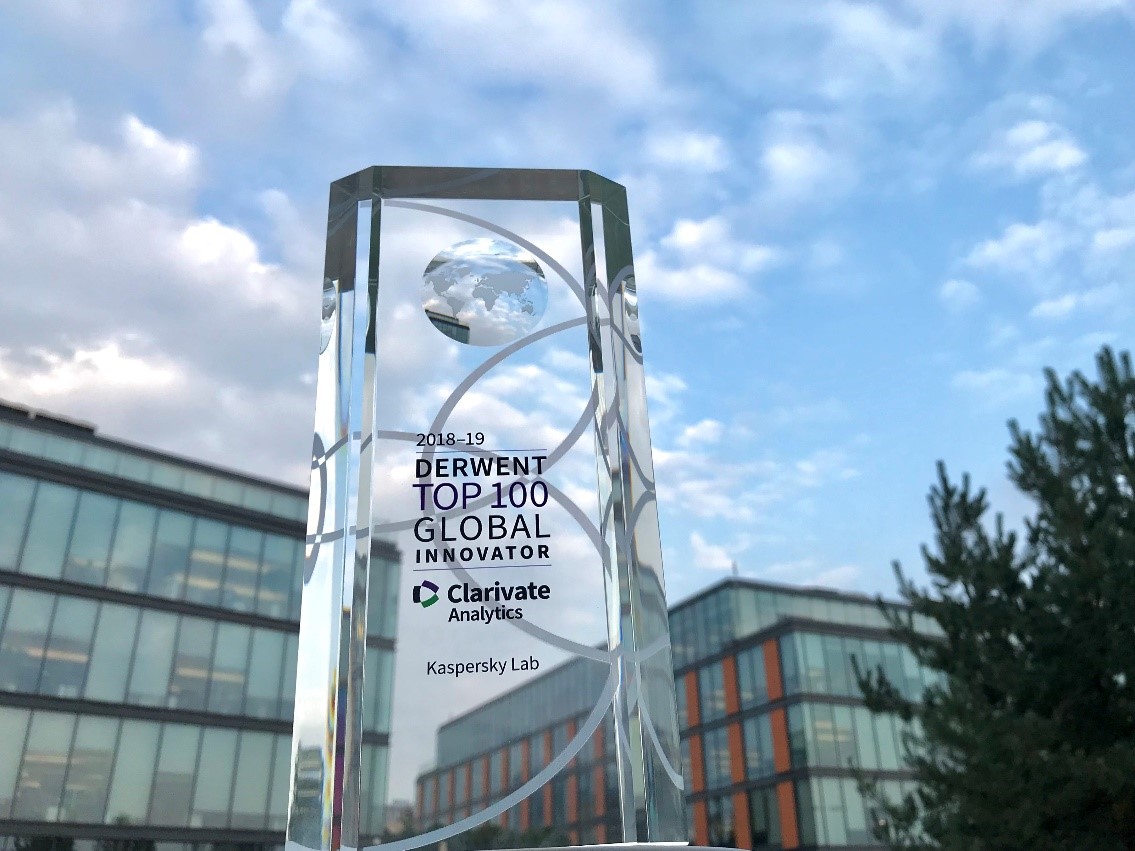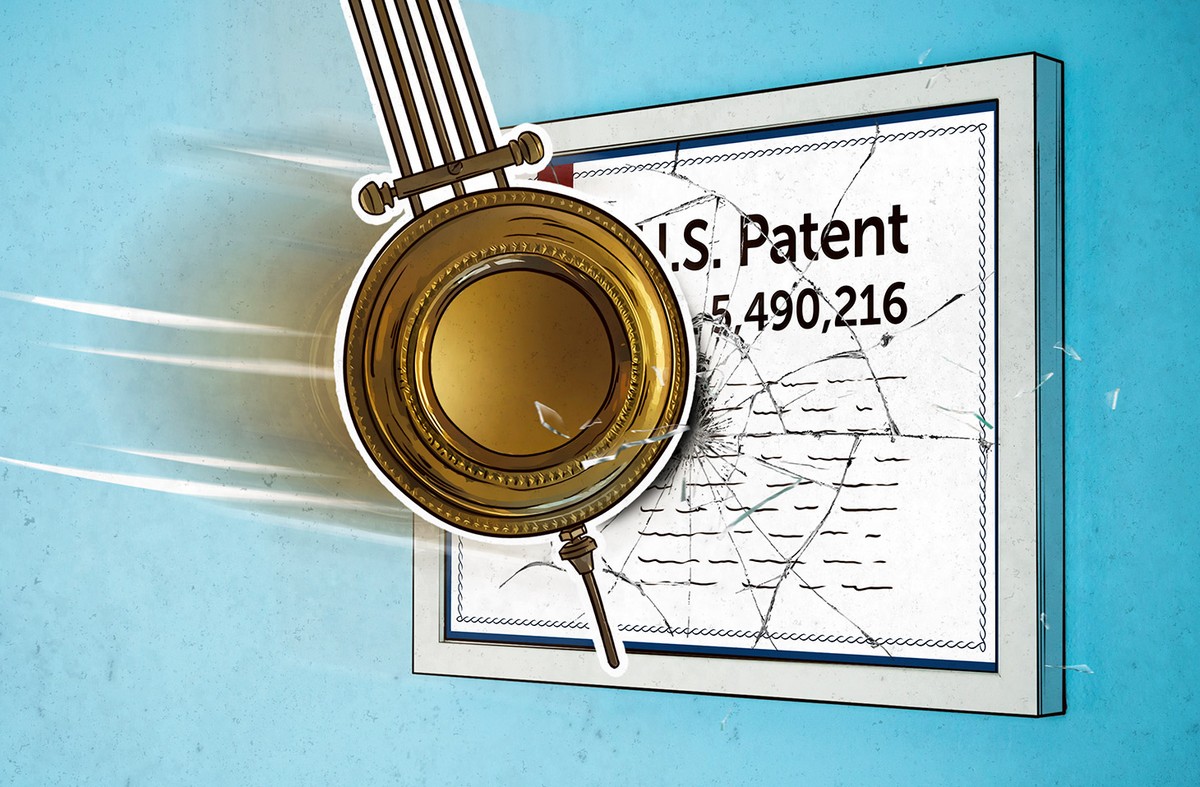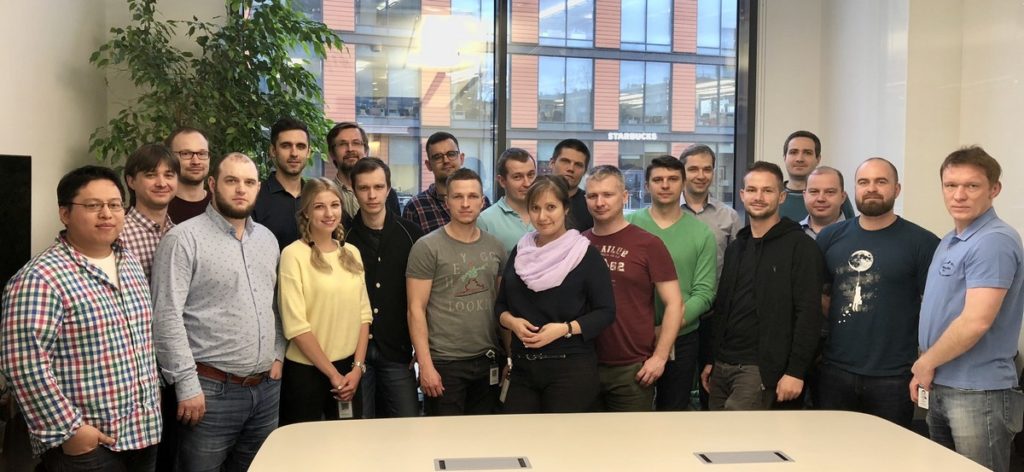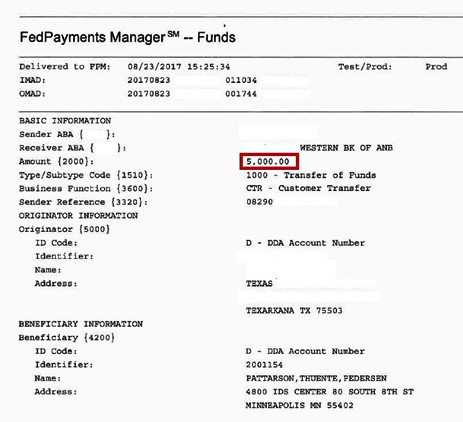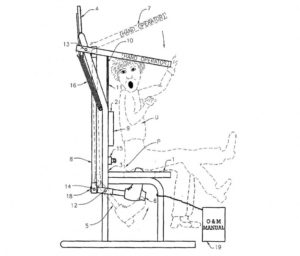I’m often asked why we choose to fight patent trolls. After all, might it be easier – and more economically feasible – to simply give in, pay the relatively small fee they’re after, and be done with it and get back to work?
That does seem to be the accepted wisdom for a lot of IT companies targeted by trolls. But not for KL. There’s a principle involved. Also, there’s the not small issue of saving not small sums of money over the years. ‘How much?’, you may ask. Well let’s just work it out today. The results, below, might surprise you. In fact, it turns out that fighting parasites costs less than allowing them to nibble little by little at our bank balance.
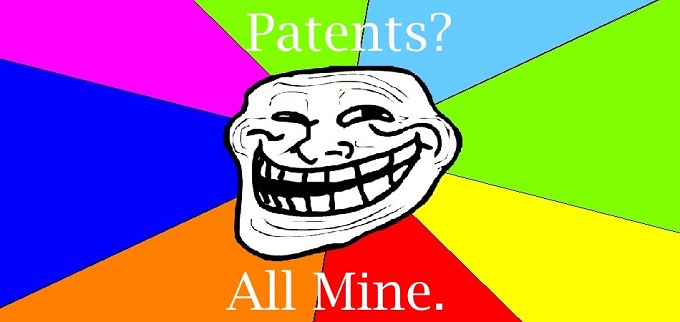 Source
Source
But first, a lyrical digression to demonstrate how things usually go down when dealing with patent actions:
Digression begins:
First off, information about a new patent infringement lawsuit brought against IT Company X appears in the official court publication. Immediately after this, Company X is inundated with letters and phone calls from law firms offering to assist in dealing with the lawsuit, each firm insisting it would do the job much better than all others.
Now, I’ve written this before, and I’ve upset quite a few folks in doing so, but, well, I’m sorry, I just have to repeat it once more as it does appear that folks need reminding about it.
There are different types of ‘lawyers’: there are honest lawyers; there are crafty ‘consumer champion‘ lawyers; and then there’s another set: legal sales pseudo-lawyers. These belong to the rare breed of… con-artists psychologists in expensive suits with authoritative appearances and persuasive patters (anecdotes, witticisms, shrewd observations, success stories…), all of which add up to a convincing impression of reliability and trustworthiness. Oh, and they always want you to sign on the dotted line quickly. So you sign it. Next kicks in the standard scenario: much frenzied ‘work’ is done by the legal sales guys, creating mountains of documentation: petitions, motions, whatever. And all simply to give the impression that signing up with them was the right thing to do, and everything’s going to work out just fine as you’ve got these busy bees working for you.
However, eventually all the hustle and bustle comes to a halt… the legal sales guys suggest ending the legal process through an out-of-court settlement. Of course, that means a payment to the plaintiff and a hefty fee for themselves (which together is often equal to the initial $ demands of the patent troll). However, Company X is made to believe that it has secured itself a great victory, all based on their inimitable legal genius.
And everyone’s happy – Company X, the plaintiff, the lawyers. And that’s how the system works. Company X folks may have a sneaky feeling – especially at night – that somewhere, somehow, something ain’t right, but they just banish such treasonous thoughts further into the back of their minds so as not to get upset.
Digression ends.
Alas, that’s how the great majority of patent court cases end up if an outside consultant is brought in. But why? Because otherwise the consultant would have to actually get to know the company’s products, the technologies used, the documentation, and so on. Doing all that takes a long time. Much easier is to go for an out-of-court settlement and all that work is avoided.
Not that the above scenario is the only one possible. We know patent lawyers and law firms that diligently did do the hard work and eventually were successful – and not only in cases on recognition of patents’ invalidity, but also those on noninfringement of patents.
Still, more than 10 years ago, we took a decision to develop our own patent department. Why?
Because we understood that, (i) with the development of the business there’d be a proportionate increase in the number of trolls wanting to latch onto us; (ii) there was no point in expecting outsiders to help (see the digression above); and (iii) such a department of our own experts would be able to earn the company a decent side income in other ways. Calculations/projections were made, and the department was set up. Fast forward more than a decade, and those calculations/projections have turned out to be fairly accurate (see below).
I’ve already told you about how we do things in the patent courts. All cases were ‘dismissed with prejudice‘ or ‘denied’ (which is almost the same thing). Total funds paid out to patent trolls and to plaintiffs in class action cases: $0. But how much might we have paid? Let’s calculate it:
1. IPAT vs KL: we were looking at payment of 3-5% of our turnover in the U.S. over three years (~$8mln);
2. Lodsys vs KL: $25mln;
3. Device Security vs KL: $1.2mln;
4. Three court cases with Uniloc: initially it was assumed that the demands would be similar to those this troll hit Electronics Art with – $5mln – for each case, but in the end Uniloc realized there was zero chance of that happening, so it announced it wanted $1.8mln off us for all three cases. So far, two of those three have been closed in our favor; the third – soon;
5. Wetro Lan vs KL: our efforts saw the case thrown out even before their demands were announced; therefore, we’ll take the minimum expected amount – $1mln;
6. A Class action just like the one against Symantec, the costs of which we’ll take as our reference: $2mln to the plaintiff’s lawyers, $9 (!) to each ‘injured’ person, plus a free three-month license for their commercial product;
7. A Japanese company (I can’t tell you which) sought 5% of our turnover in Japan, supposedly for patent infringement. What’s more, we’d have automatically received the exact same infringement action in the U.S., since issuance to it of a similar patent had already been approved there by the time we’d finalized our negotiations;
8. A claim of a tech partner for compensation of $800,000 for its losing a case for patent infringement of its own product: dismissed.
All the above-mentioned potential costs to us: $70 million! That’s without taking into account a mass of other claims and demands, which were successfully rejected by our team long before compensation was announced. And also not taking into account other non-patent cases like the recent antimonopoly proceedings against Microsoft: the benefits of our victory there are difficult to measure with money, since on the line was the multibillion-dollar business of thousands of developer companies and their partners.
And there’s another knock-on effect of our always sticking to our firm position not to settle with patent trolls: we get hit with far fewer patent infringement actions in the first place. Trolls know we never give in, so they give up trying their luck – more so now, since we’ve started hitting back at the trolls with demands for them to pay our court costs. But quite how much we’ve saved on this account is just too tricky to estimate, so we’ll just have to leave it out.
Still, we can look at our competitors for at least some idea as to how our principled stance has reduced the number of lawsuits heading our way. Over the last 10 years here’s how many patent infringement lawsuits they’ve received:
Symantec – 41; McAfee – 19; TrendMicro – 20; Sophos – 13; Avast – 11.
KL – 8!
Yet we all use very similar technologies, and in theory every lawsuit could be duplicated and directed at any or all other cybersecurity developers. And just for an indication of the sums involved for just one case: last year Sophos lost a patent infringement case against Finjan and had to fork out $15mln (!!).
So there you have it folks: the proof of the patent pudding is in the eating having your own patent department – it saves you much more than you’d spend feeding trolls. Having our own department also allows us to deal with other law-related stuff, like legal expert analyses of products to be released, due diligence, and development of our patent portfolio in the U.S., the cost of which is now estimated at more than $100mln.
Finally, the above-mentioned also confirms the validity and correctness in our motto with regard to patent trolls: ‘We fight to the last bullet – their last bullet!’.

